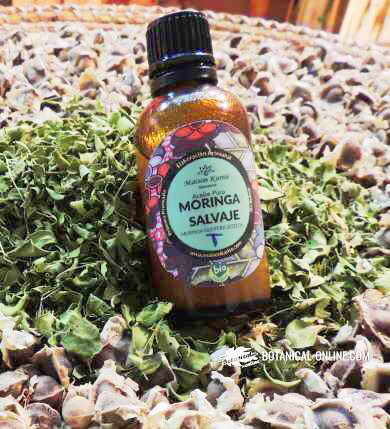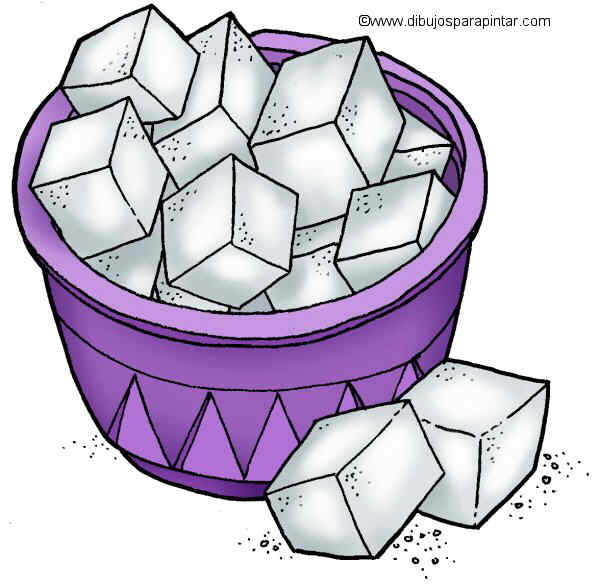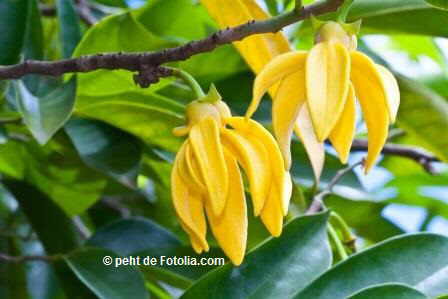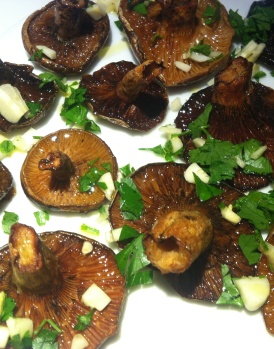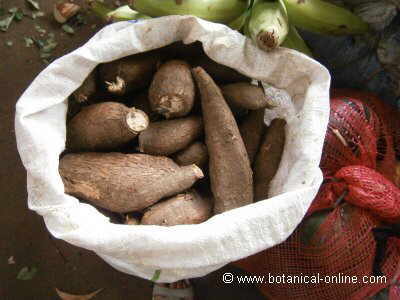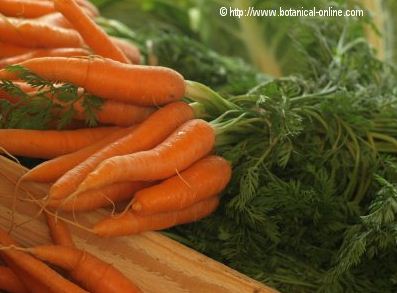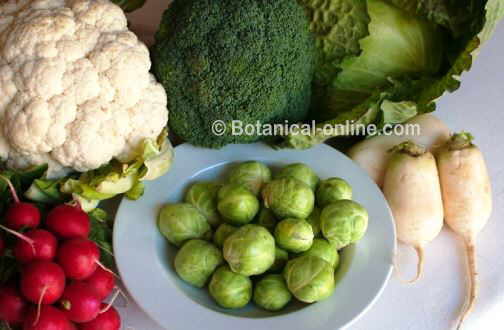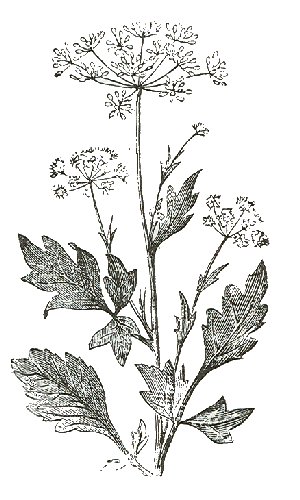Contents
DANGERS OF GOLDEN SEAL
Is golden seal a toxic plant?
– No, golden seal (Hydrastis canadensis) is not a poisonous plant.
– However, high doses or long treatments with the plant may present toxicity.
– If you have questions about its use, consult your doctor.
What toxic components has golden seal?
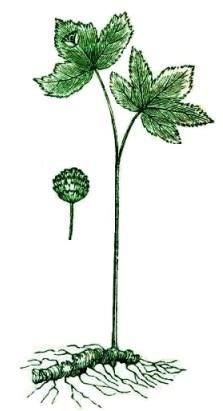 Golden seal illustration
Golden seal illustration- The plant contains isoquinoline alkaloids, mainly berberine, hydrastine and, to a lesser extent, Canadine. These components are cholagogue, astringent, strong antiseptic and anti-inflammatory.
- Hydrastine is an ingredient in some eye drops.
Effects of golden seal
- The plant causes the constriction of the capillaries, which gives virtues to curb the hemorrhages. However, overdosage can cause hypertension as a side effect.
- In therapeutic doses, golden seal can lower blood pressure or alter heart rate, so it should not be taken by people with heart disease.
- Continued use depletes the intestinal flora, as it is a strong antiseptic and destroys healthy intestinal bacteria. This can lead to digestive problems such as vomiting, belly swelling and malabsorption of nutrients.
* More information about the side effects of golden seal.
Dose of golden seal
Longer treatments are contraindicated. Some authors advise not to exceed a week treatment, while others advise not to exceed 3 weeks of treatment, and rest for at least 2 weeks.
- Capsules: 500mg. Up to 3 times a day.
- Extract: from 4 to 6ml.
Precautions with golden seal
- Do not take if you are pregnant or breastfeeding. It can cause miscarriage or harm the baby.
- Do not use in children under 15 years of age.
- Check with your doctor if you have questions about the safety of the treatment.
- Respect the prescribed doses.
- Do not ingest the fresh plant as food. It is not an edible plant.
- It is not recommended to use as eye drops, as it can irritate the mucous membranes of the eyes.
- Do not apply to open wounds or sensitive skin.
![]() More information on golden seal properties, contraindications and side effects.
More information on golden seal properties, contraindications and side effects.
This article was endorsed by Montserrat Enrich - Journalist specializing in edible wild plants and plant uses.

